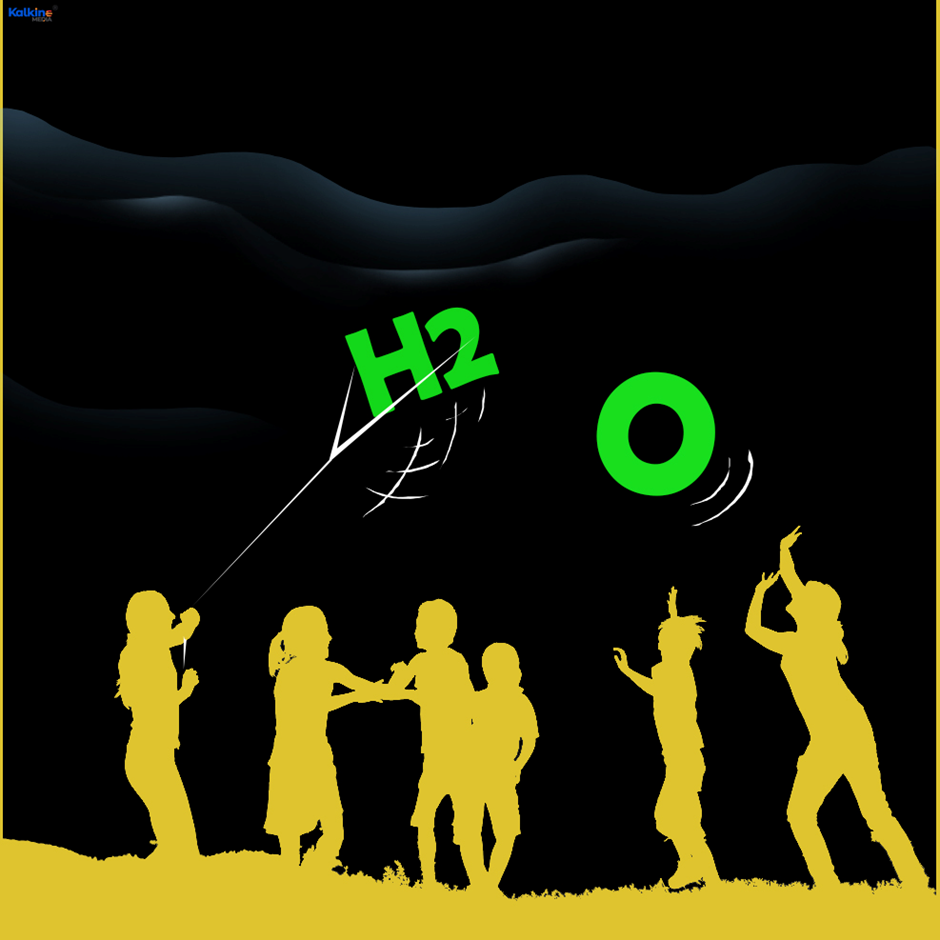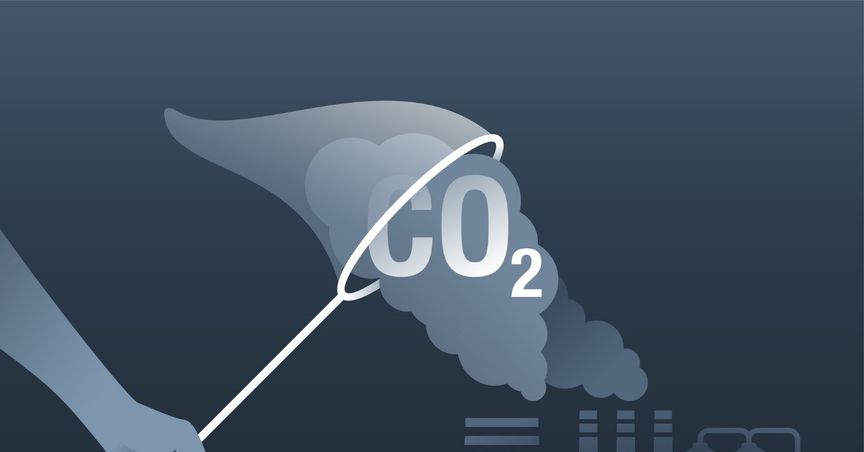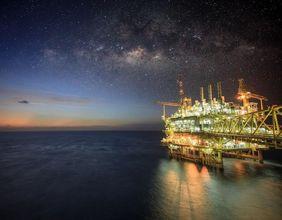Highlights
- Hydrogen has gained unprecedented attention across the globe in the past few decades to combat the climate change issues.
- Most of the total hydrogen produced around the world is sourced through fossil fuels.
- The primary objective behind the utilisation of hydrogen as a fuel is to curb the emission.
Almost every conversation related to limiting greenhouse emissions sooner or later ends up with hydrogen. The lightest element on the earth has gained unprecedented attention across the globe in the past few decades to combat climate change issues as the world leaders prepare to meet net neutrality targets by 2050.
Hydrogen is a clean and versatile fuel that can be efficiently used for various applications including transport, industries, buildings, etc. without compromising with the environment. On a wider note, one can say that it is a wonder fuel that can deal with all our ecological problems.
ALSO READ: Glasgow summit: COP26 climate pact in a nutshell
Furthermore, hydrogen is gaining prominence because it does not require any mega-scale infrastructure development for its setup, just small tweaks will work. Transportation pipelines are already in place for transporting hydrogen or natural gas required to produce hydrogen.
Hydrogen types and their production
Currently, hydrogen can be produced in three different ways and the process by which it is being produced signifies its type. Let’s try to understand all the three types and the difference between their production process.
- Grey Hydrogen: Grey hydrogen is primarily produced from natural gas with the release of carbon dioxide produced as a byproduct into the atmosphere.

Source: Copyright © 2021 Kalkine Media®
Image Description-Blue Hydrogen
- Blue Hydrogen: Blue hydrogen is produced from natural gas or other fossil fuels but the carbon dioxide produced during the production is not flared into the atmosphere rather, it is captured, stored, and utilised further.
- Green Hydrogen: Green Hydrogen is eco-friendly form of hydrogen that is produced using renewable energy such as solar, wind, hydropower and it doesn't produce or release carbon dioxide into the atmosphere.
Also Read: Green Vs Blue, which hydrogen can drive global energy transition?
Challenges and the solution
Currently, most of the hydrogen produced in the world is entirely dependent on fossil fuels. The industry hadn't practiced capturing and storing carbon dioxide, released during the production of hydrogen from fossil fuels, because of the high costs.
As per IEA, the average hydrogen production cost lies between US$0.5 to US$1.7 per kg, when produced from natural gas. The same cost reaches US$1 to US$2 per kg when the production is coupled with Carbon Capture Usage and Storage (CCUS) system and the cost shoots up to US$3 to US$8 per kg in the case of green hydrogen generation.
Carbon Capture Usage and Storage
The main idea behind the utilising hydrogen as a fuel is to curb emission. However, producing grey hydrogen does not fit this bill. So, grey hydrogen is out from the list of options we are having. Moreover, the availability of renewable sources of energy across the globe is relatively low and the high production cost of green hydrogen makes this option relatively less viable, as per the current scenario.

Source: Copyright © 2021 Kalkine Media®
To get the optimum supplies of hydrogen at a reasonable price without emitting carbon dioxide into the atmosphere is the best possible combination that can serve the purpose without putting any extra load into the pocket.
Good Read: 5 ASX green hydrogen stocks for the next 5 years and beyond
Bottom Line
Blue hydrogen can play a vital role in the transformation of the economy as it doesn't release carbon dioxide into the atmosphere and at the same time, the production costs are much lower than green hydrogen.




